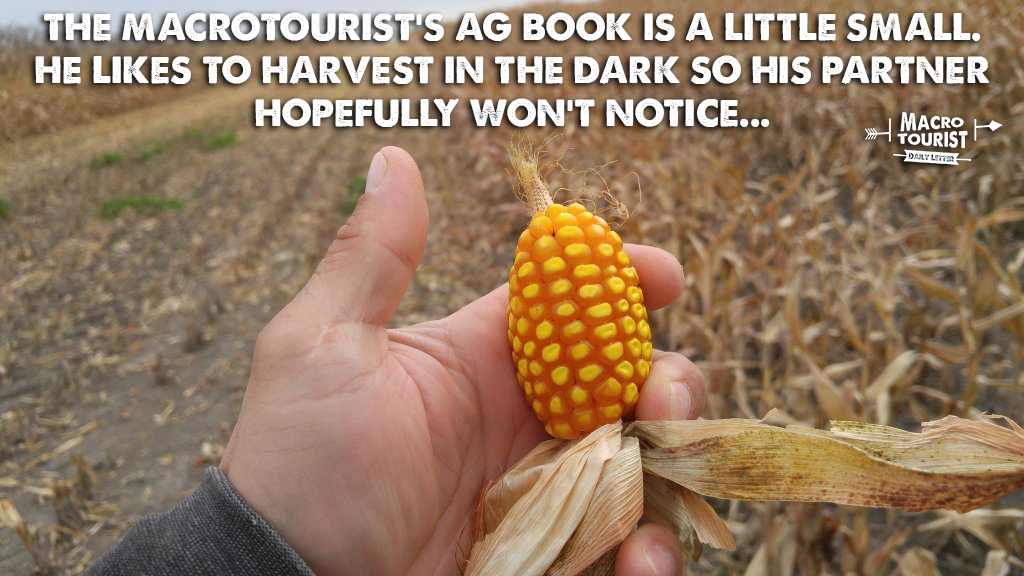
Stock markets up on a stick. Valuations stretched. Bond yields near sixty-year lows. Real returns basically zilch.
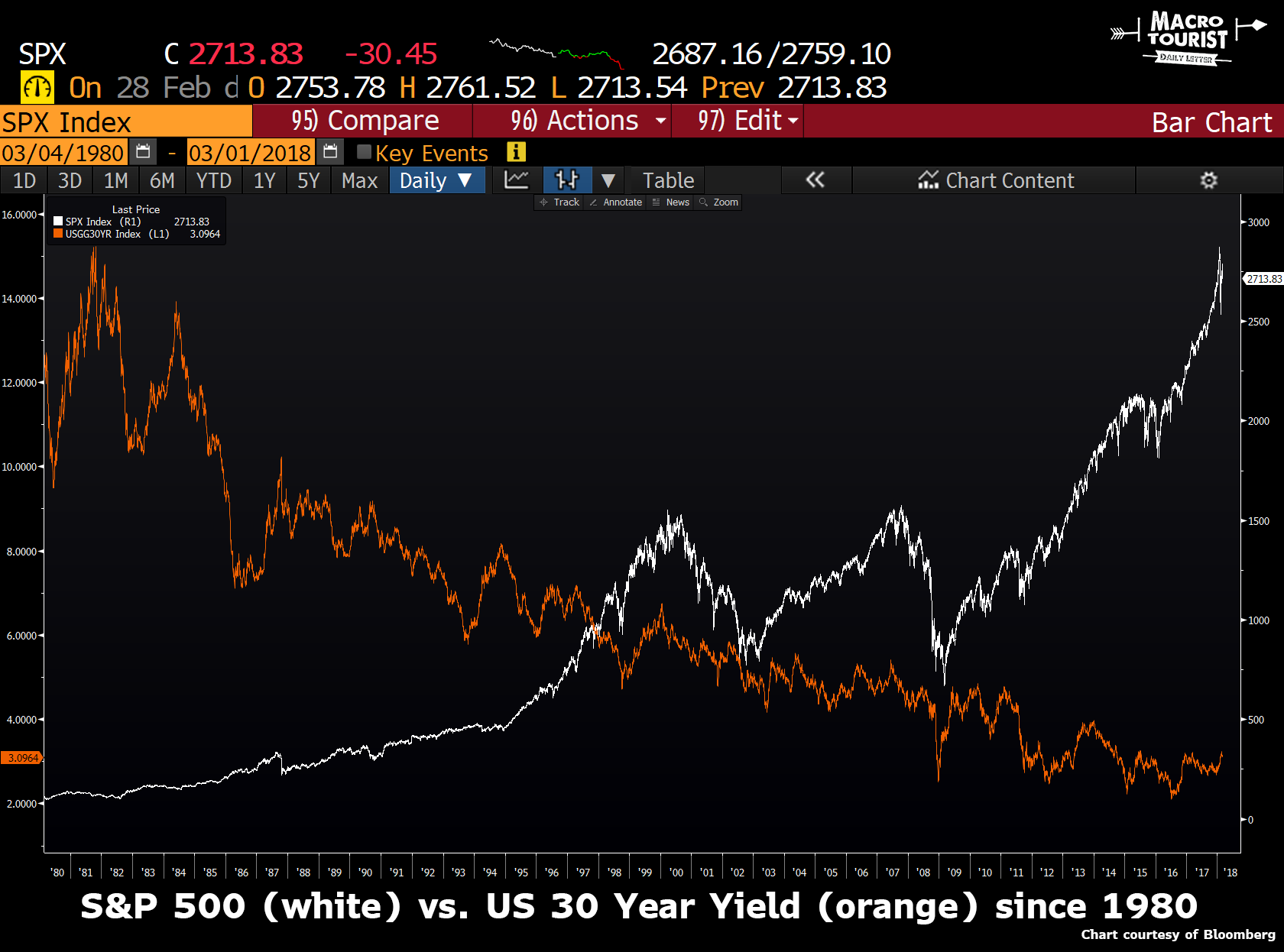
A decade of global financial repression has forced investors everywhere out the risk curve. Nothing is cheap. There is a reason that top quantitative research shops like GMO have forecasted future returns that look like this:
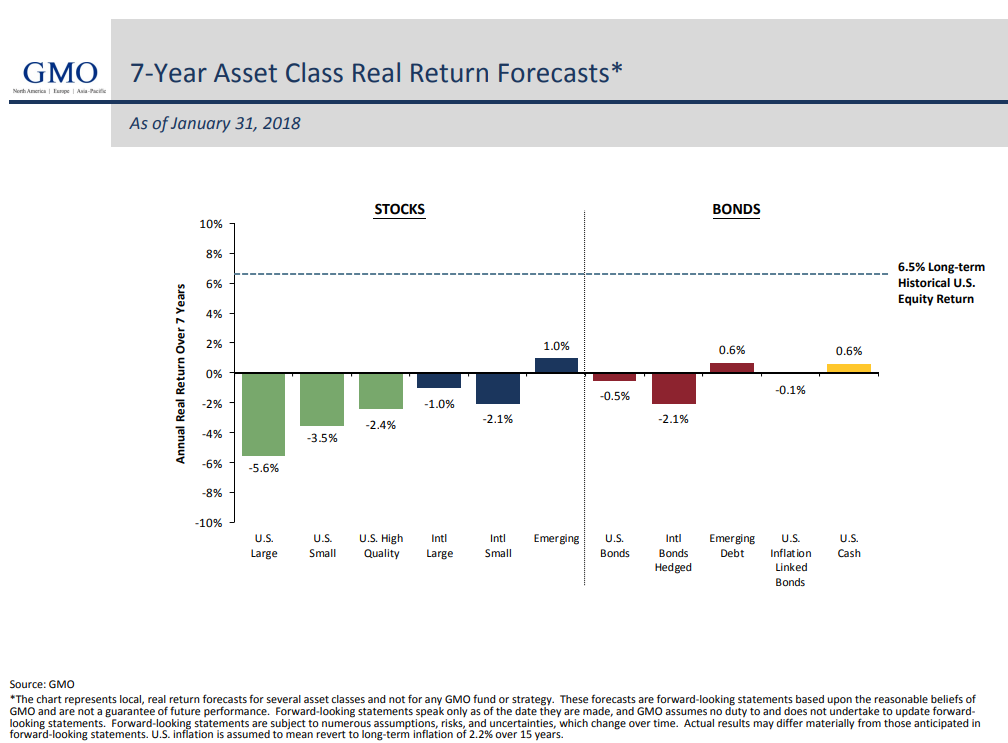
Cries of that awful acronym TINA ring through the halls of investment houses as clients take a big gulp and write blue tickets – despite the lofty prices. After all, everything is dear and their retirement still needs to funded.
The last remaining cheap asset?
Everywhere you look asset prices are on their highs, but there is one asset that is as cheap as it has ever been. No, it’s not sexy, and neither is it easy to buy, but if it were, it would probably be insanely overpriced, so let’s take those attributes as positive.
I am of course talking about grains.
You might say to yourself – but wait, it’s not like grain prices are ticking at all-time lows, so what do you mean?
And you would be correct. Over the past half century, grains have been lower many times.
Wheat was less expensive in the 1990’s.
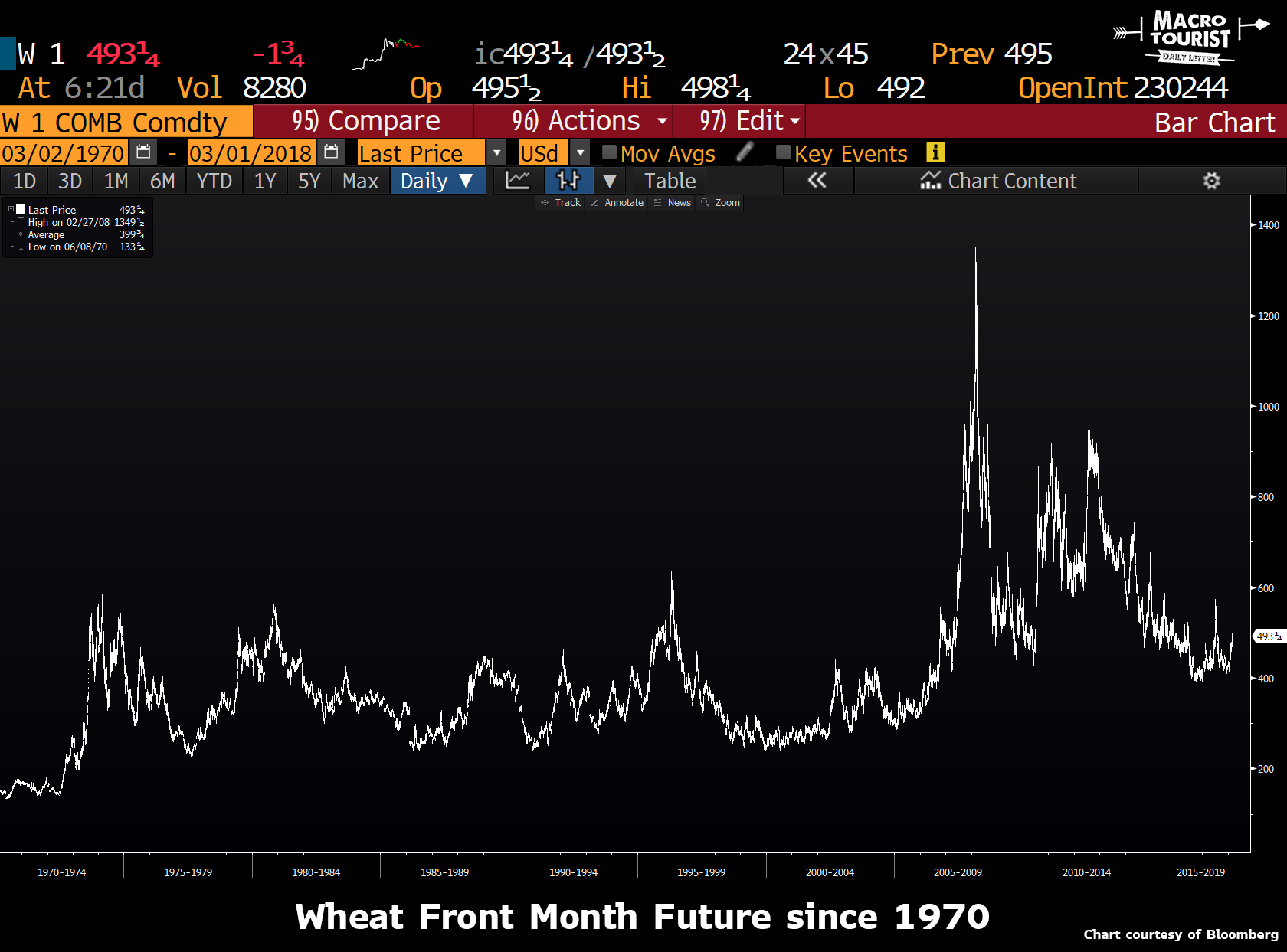
Corn is currently in the middle of the range.
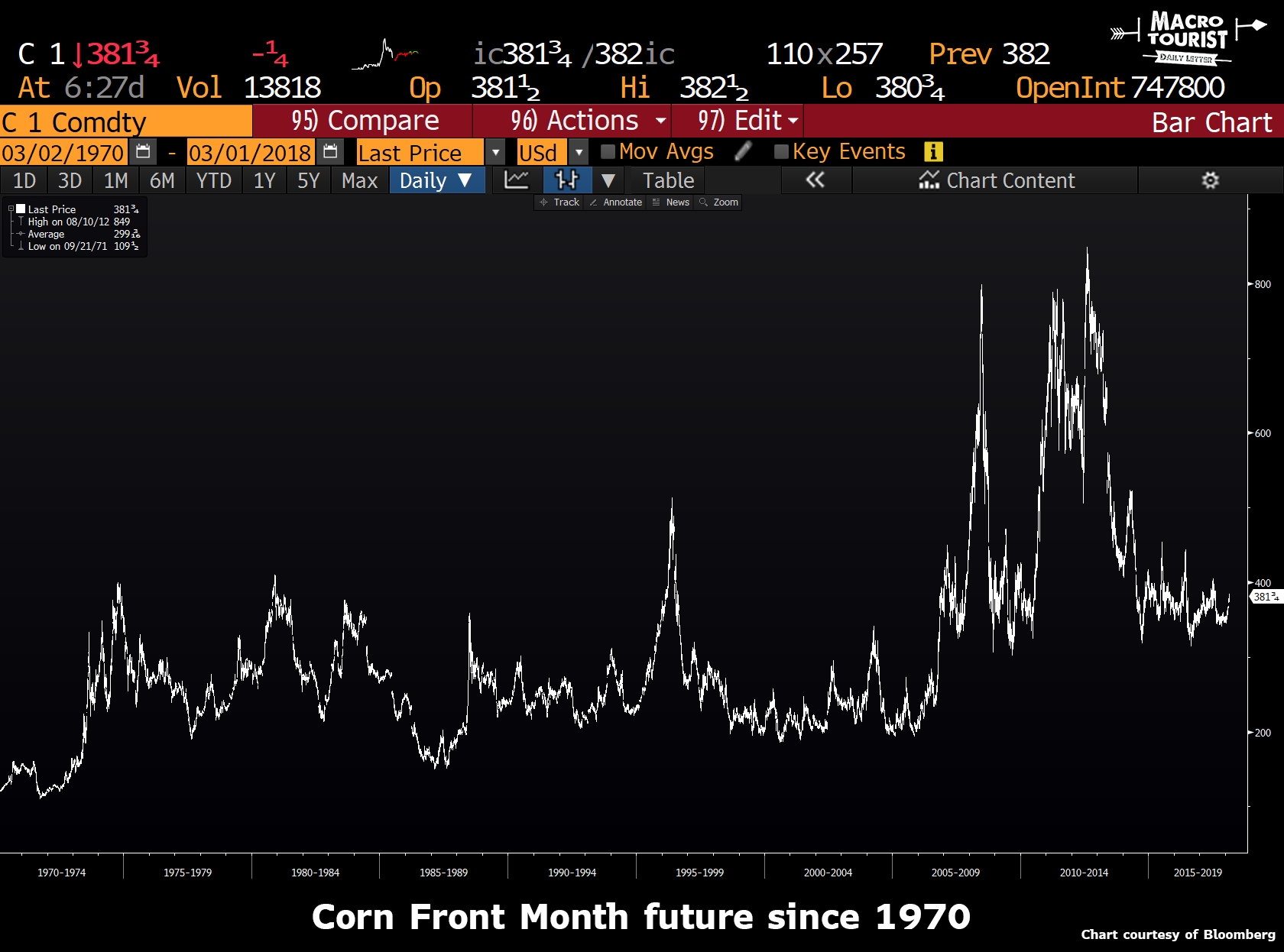
And you might even argue that soybeans are relatively high compared to the last few decades.
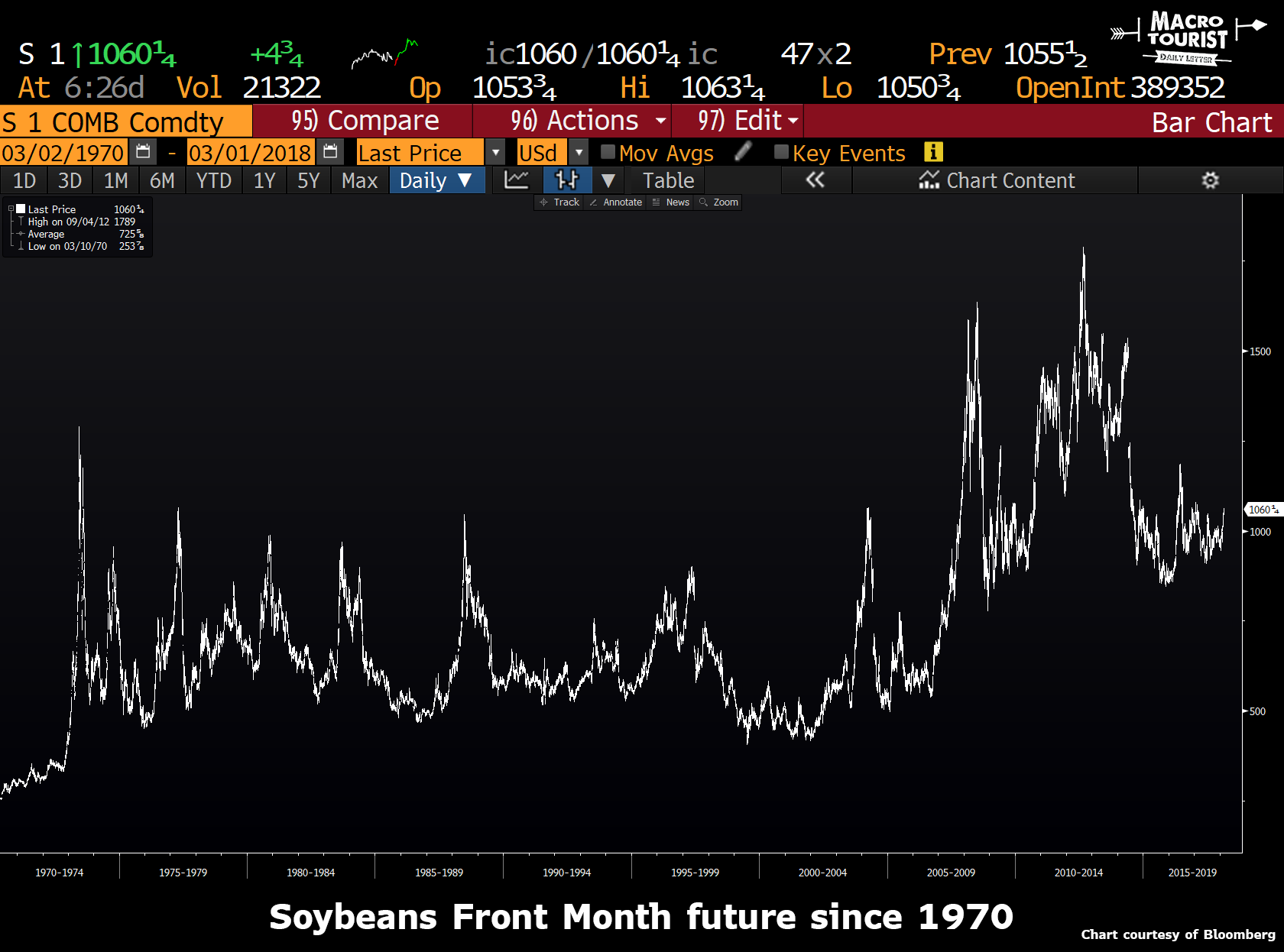
But we need to recognize that these charts have a timeline measured in decades. Think about that for a second. What do you know that has basically gone sideways in price since 1970?
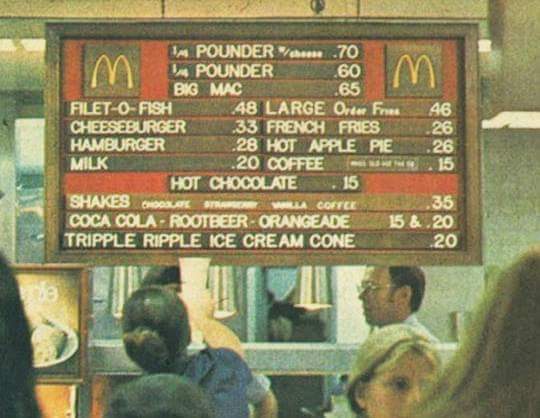
I don’t know about the prices at your McDonalds, but a Big Mac is a lot more expensive than 65 cents in my neck of the woods.
Quickly looking at the charts of wheat, corn and soybean without adjusting inflation is disingenuous. In real terms, the price of these commodities has collapsed over the past half a century.
Let’s have another gander at these same three charts, except this time let’s adjust it by CPI inflation.













Leave A Comment